Diptera.info :: Identification queries :: Diptera (adults)
Who is here? 1 guest(s)
|
Helina reversio? = Helina sp
|
|
| johnes81 |
Posted on 19-11-2017 13:31
|
|
Member Location: Berlin, Germany Posts: 1978 Joined: 15.10.16 |
Berlin - July I believe that this is a female Helina calceata but I'm not an expert. I have a problem with the sternites: I have identified two female Helina species (with the help of Stephane) and the sternites are very slender. The sternites of this fly are very large unlike the other Helina (confinis and pertusa). I'm seeking a conformation for both genus and species. I'll attach photos of the sternites and my dissection of the ovipositor (very difficult task.) Thank You very much. edit: originally assumed to be H. calceata. johnes81 attached the following image: 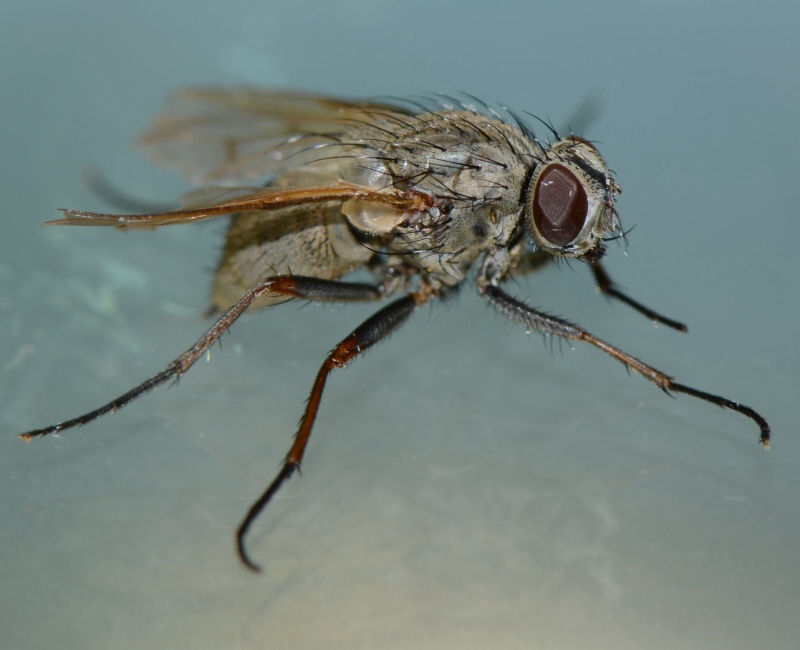 [94.12Kb] Edited by johnes81 on 22-11-2017 22:01 John and Nini. Naturalists not experts. |
|
|
|
| johnes81 |
Posted on 19-11-2017 13:31
|
|
Member Location: Berlin, Germany Posts: 1978 Joined: 15.10.16 |
antenna and arista
johnes81 attached the following image: 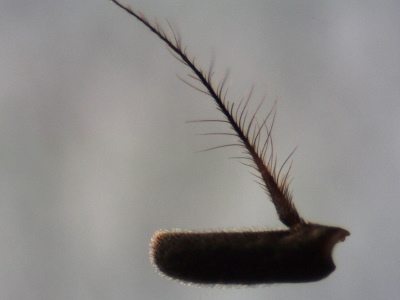 [49.02Kb] John and Nini. Naturalists not experts. |
|
|
|
| johnes81 |
Posted on 19-11-2017 13:31
|
|
Member Location: Berlin, Germany Posts: 1978 Joined: 15.10.16 |
wing (broken in various places)
johnes81 attached the following image:  [125.89Kb] John and Nini. Naturalists not experts. |
|
|
|
| johnes81 |
Posted on 19-11-2017 13:32
|
|
Member Location: Berlin, Germany Posts: 1978 Joined: 15.10.16 |
radial node
johnes81 attached the following image:  [84.41Kb] John and Nini. Naturalists not experts. |
|
|
|
| johnes81 |
Posted on 19-11-2017 13:32
|
|
Member Location: Berlin, Germany Posts: 1978 Joined: 15.10.16 |
sternites
Edited by johnes81 on 27-06-2018 09:22 John and Nini. Naturalists not experts. |
|
|
|
| johnes81 |
Posted on 19-11-2017 13:33
|
|
Member Location: Berlin, Germany Posts: 1978 Joined: 15.10.16 |
ovipositor dorsal and ventral views (very difficult task to dissect an ovipositor.)
Edited by johnes81 on 27-06-2018 09:21 John and Nini. Naturalists not experts. |
|
|
|
| johnes81 |
Posted on 19-11-2017 13:33
|
|
Member Location: Berlin, Germany Posts: 1978 Joined: 15.10.16 |
spermathecae
Edited by johnes81 on 27-06-2018 09:21 John and Nini. Naturalists not experts. |
|
|
|
| johnes81 |
Posted on 22-11-2017 20:41
|
|
Member Location: Berlin, Germany Posts: 1978 Joined: 15.10.16 |
revisiting the keys of Hennig and using the keys of Muscidae of Central Europe, I arrive at Helina reversio. The abdomen has no visible spots. Anyone disagree?
Edited by johnes81 on 22-11-2017 20:41 John and Nini. Naturalists not experts. |
|
|
|
| Stephane Lebrun |
Posted on 22-11-2017 21:02
|
|
Member Location: Le Havre, France Posts: 8248 Joined: 03.03.07 |
Usually, I recognize Helina reversio by these main criteria : (1) - pra short (2) - eyes bare (3) - a pd on basal part of hind tibia (4) - ks 2:2 (5) - legs black, but apices of femora and tibiae reddish colored. (6) - abdomen spotted. I can't confirm points 3 & 4, and you say you can't see any spots on abdomen, so I'm doubting. Stephane. |
|
|
|
| Stephane Lebrun |
Posted on 22-11-2017 21:06
|
|
Member Location: Le Havre, France Posts: 8248 Joined: 03.03.07 |
and p. seta on t1 is not for H.reversio. It looks more like H. quadrum, but still, it need a pd on t3 and ks 2+2 (abdomen unspotted would be OK). Stephane. |
|
|
|
| johnes81 |
Posted on 22-11-2017 21:42
|
|
Member Location: Berlin, Germany Posts: 1978 Joined: 15.10.16 |
well I've keyed it three times now and each time I key it leads to calceata or quadrum but they are said to have even pale indistinct spots. My Wife keyed it again today and said reversio is supposed to be missing spots. I think that using a dna kit for Muscidae will be easier when dealing with females. Anyway, here is a view of the abdomen. johnes81 attached the following image: 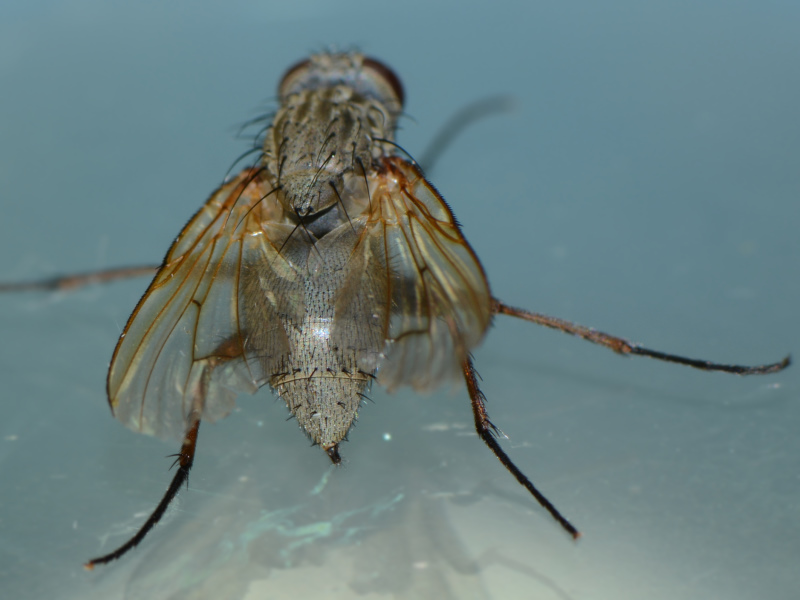 [116.14Kb] John and Nini. Naturalists not experts. |
|
|
|
| johnes81 |
Posted on 22-11-2017 21:43
|
|
Member Location: Berlin, Germany Posts: 1978 Joined: 15.10.16 |
I've noted the 2:2 katepisternal setae.
johnes81 attached the following image: 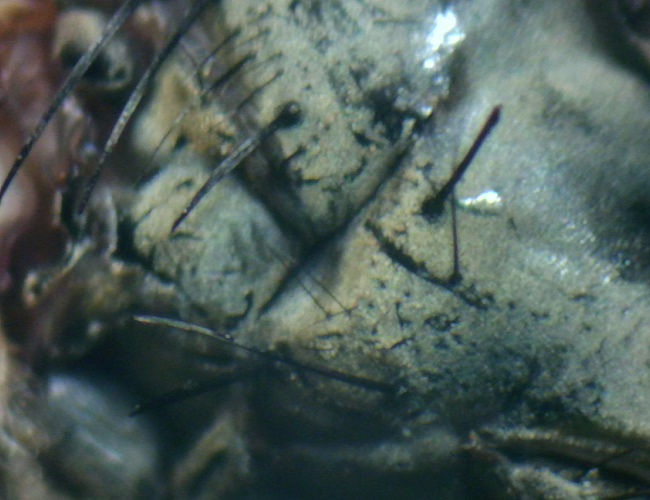 [141.05Kb] John and Nini. Naturalists not experts. |
|
|
|
| johnes81 |
Posted on 22-11-2017 21:44
|
|
Member Location: Berlin, Germany Posts: 1978 Joined: 15.10.16 |
I don't have all terminology memorized but I believe that the prealar is the very short hair indicated by the yellow arrow.
johnes81 attached the following image: 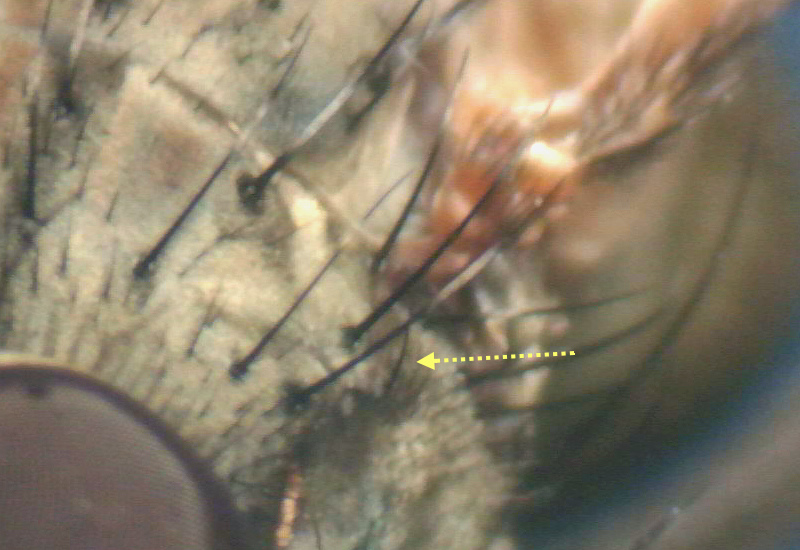 [177.65Kb] John and Nini. Naturalists not experts. |
|
|
|
| johnes81 |
Posted on 22-11-2017 21:47
|
|
Member Location: Berlin, Germany Posts: 1978 Joined: 15.10.16 |
I have trouble with the leg chaetotaxy because many hairs/bristles are missing (hence, the need for authors to include genitalia.) My microscope is not expensive enough to see the sockets for the bristles on the legs. Chaetotaxy (or hair counting) is not always practical for everyone. Muscidae specialists rarely include genitalia in keys 
johnes81 attached the following image: 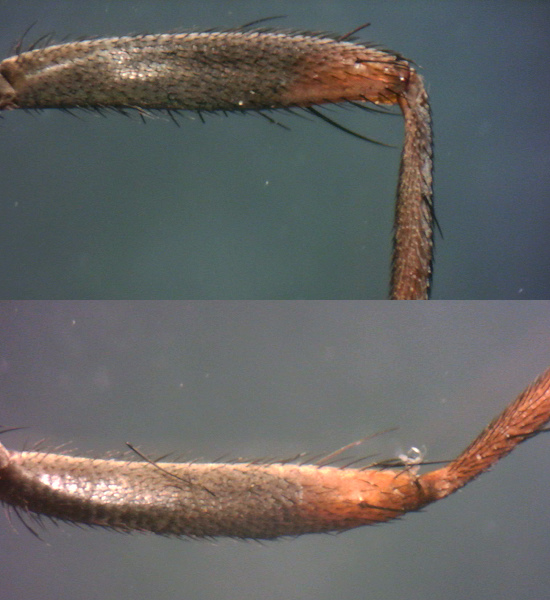 [137.43Kb] John and Nini. Naturalists not experts. |
|
|
|
| Stephane Lebrun |
Posted on 22-11-2017 23:07
|
|
Member Location: Le Havre, France Posts: 8248 Joined: 03.03.07 |
For DNA kits and genitalia drawings I can nothing for you, but with my trained eye in this family, I'd say it is Helina quadrum at 98 %. You can rule out Helina reversio. I can't reach 100 % of certainty because the fly is not in good condition and because it's difficult to evaluate the position of setae (pv /av) on a femur from a 2D photograph in profile view. Stephane. |
|
|
|
| Jump to Forum: |









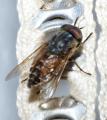
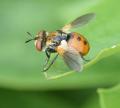


 but don't see the image in the post.
but don't see the image in the post.
